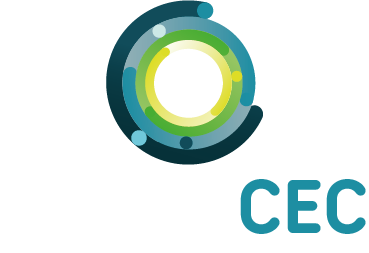In our latest interview, Uffe Bundgaard Jørgensen from Gate2Growth shares valuable insights from the InvestCEC project experience. In this interview, Uffe highlights how targeted support and business coaching can help circular entrepreneurs scale their impact and describes the main differences between linear and circular business models.
Can you tell us how G2G is supporting circular entrepreneurs within the InvestCEC project?
Sure, during InvestCEC Gate2Growth worked in the selection process of entrepreneurs together with Venionaire Capital and Stadtwerke Klagenfurt. The main objective was to match the proposed solutions with the needs of the city of Klagenfurt. We also provided free business and funding coaching to 5 of the interested entrepreneurs, who were selected through the two calls.
What criteria does InvestCEC use to select entrepreneurs that can provide circular economy solutions to cities and regions?
Our approach has been to work with entrepreneurs whose solutions are relevant to circular principles and aligned with climate and sustainability goals set by the EU. This broader, impact-driven lens has allowed us to support viable and scalable solutions. For example, to broaden the scope of the call, we differentiated between direct circularity and enabling circularity.
Interestingly, several promising solutions emerged outside the initially defined “needs focus.” One such example is a company offering a mobile application that incentivizes consumers to recycle by providing small monetary rewards for logging their recycling actions.
What key elements should be taken into consideration when assessing the viability of circular business models?
I believe the most critical factor is having a viable business model that can withstand current financial and market conditions. Many circular business ideas are strong conceptually but struggle when it comes to implementation, scalability, or attracting investment. Robustness and adaptability of the business model matter just as much as its environmental ambition.
In your view, what are the key differences between circular business and linear business models? And why is there a growing demand for circular products and services?
One major difference lies in the structure of the supply and value chains. Circular business models often rely on newer, less established value chains, which makes them more vulnerable and less predictable than traditional linear models. The linear model has decades of infrastructure behind it. That said, demand for circular products is growing due to increasing consumer awareness, regulatory pressure, and the need to decouple growth from resource consumption.
Can you give us an example of a promising circular business among those which you have selected through the InvestCEC call for entrepreneurs?
Concular is probably one of the most interesting cases. It is a company that adapts real estate projects to the growing requirements of the EU taxonomy for sustainable activities and the circular economy. During the pitching session, Concular presented a convincing business model combined with strong expertise in consulting. There is a good chance for collaboration with STW Klagenfurt and the development of a potential partnership, both as collaborators and possibly in the context of building demolition projects.
What recommendations would you give to circular entrepreneurs aiming to attract investors?
First, get your business model right—make sure it’s both credible and adaptable. Just as important is securing a reliable, end-to-end supply and value chain, both upstream and downstream. And finally, focus on addressing a real, recognized problem. Investors are looking for solutions that are not only sustainable but also solve a pressing need in a scalable way – and where the business case also has a focus to become profitable!
“Save the planet” is always noble objective, but as a business case it needs to be combined with a profitability objective.

